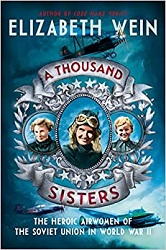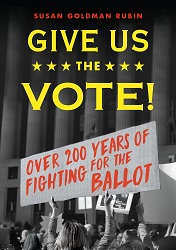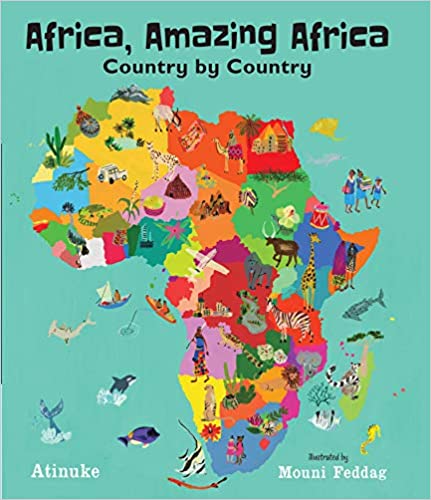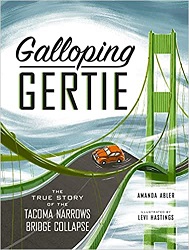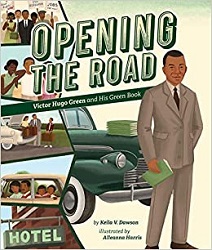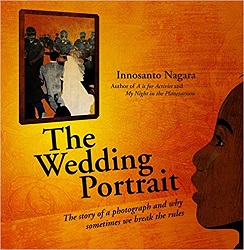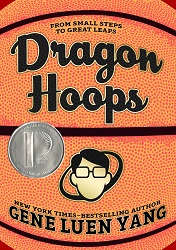Review of A Thousand Sisters, by Elizabeth Wein
The Heroic Airwomen of the Soviet Union in World War II
by Elizabeth Wein
Balzer + Bray (HarperCollins), 2019. 388 pages.
Review written March 18, 2020, from a library book
Starred Review
2019 YALSA Excellence in Nonfiction Award Finalist
Did you know – I certainly didn’t – that during World War II (called “The Great Patriotic War” there), the Soviet Union had three entire Air Force regiments of women? This book tells their story.
Here’s part of the Prologue that tells what you’ll find here:
It’s the story of three regiments of aviators, only three out of a thousand aviation units fighting for a common cause. Along with a scattering of individual women who served in the Soviet Air Force alongside men, the young aviators in these three regiments were the only women of any nation who flew combat missions during World War II.
Some of these soldiers flew as many as eighteen combat missions in a single night.
Some of them perished in flames.
Some of them worked in the dark, feeling their way blindly, in cold so fierce their hands froze to the metal tools they held as they made sure their companions were able to fly.
Almost all of them were in their teens when they went to war.
This is the story of a generation of girls who were raised in the belief that they were as good as men, and who were raised to believe that it was their destiny to defend their nation in battle.
It’s the story of a thousand young women who grew up inspired by Marina Raskova and who were ready to follow her into the air.
It’s the story of a generation of young people who learned to work with the wind – those who soared and those who came back to earth.
This is the story of a thousand sisters fighting and flying.
This is an exciting story, though it was also a little bit bewildering. In the first place, I had a hard time keeping straight the various Russian names. The author did a good job helping by often using nicknames, but there were a lot of people to keep track of. There were many exciting and dangerous situations during the course of the war, and many of the most prominent characters died before the end of the book.
I even had trouble keeping track of the difference between the three regiments and which women were in which regiment. One regiment flew Pe-2s and another flew Po-2s, which kind of melded in my mind. It was good to give the overall picture of how the war was going, and I think the author actually did a good job explaining the differences, but the scope was so grand, I’d start to lose track.
Still, I was very surprised by how much Soviet women did during World War II – and saddened that they stopped getting chances to fly afterward. This book is full of death-defying situations and incredible hardships that these women overcame. I’ve read a lot about World War II, but I never had any idea about these stories.
The scope is grand and it is hard to grasp it all, but I still think the author did a wonderful job making the information accessible. Maybe a list of characters at the front would have helped, or more pictures of individuals. (Spoiler: The three on the cover all die before the end!) My problem may actually have been that I read it too quickly, during a day on Sick Leave during the Covid-19 crisis. I may not have been paying enough attention, because she did explain well at the beginning the differences between the three regiments and did keep mentioning which regiment she was talking about.
An epic war story – about women who fought for their country, and fought well.
Find this review on Sonderbooks at: www.sonderbooks.com/Teen_Nonfiction/thousand_sisters.html
Disclosure: I am an Amazon Affiliate, and will earn a small percentage if you order a book on Amazon after clicking through from my site.
Source: This review is based on a library book from Fairfax County Public Library.
Disclaimer: I am a professional librarian, but the views expressed are solely my own, and in no way represent the official views of my employer or of any committee or group of which I am part.
What did you think of this book?
